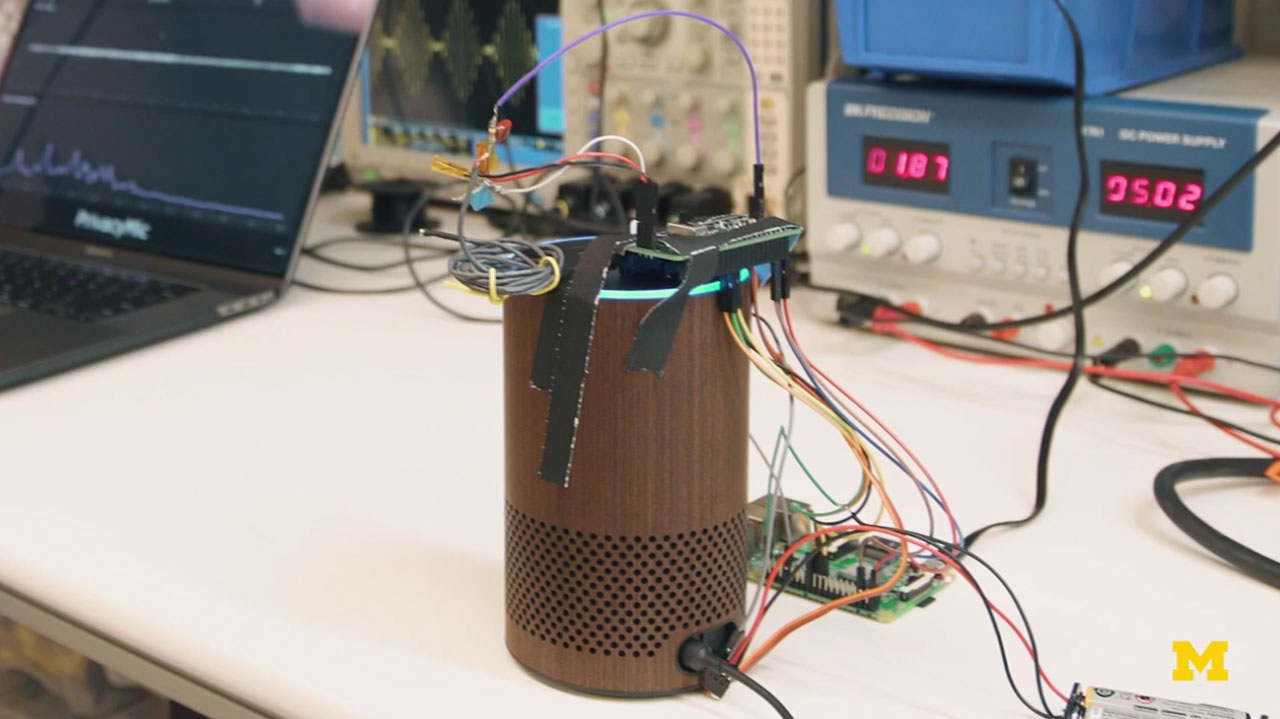PrivacyMic: Utilizing Inaudible Frequencies for Privacy Preserving Daily Activity Recognition
Yasha Iravantchi, Karan Ahuja, Mayank Goel, Chris Harrison, and Alanson Sample

Abstract
Sound presents an invaluable signal source that enables computing systems to perform daily activity recognition. However, microphones are optimized for human speech and hearing ranges: capturing private content, such as speech, while omitting useful, inaudible information that can aid in acoustic recognition tasks. We simulated acoustic recognition tasks using sounds from 127 everyday household/workplace objects, finding that inaudible frequencies can act as a substitute for privacy-sensitive frequencies. To take advantage of these inaudible frequencies, we designed a Raspberry Pi-based device that captures inaudible acoustic frequencies with settings that can remove speech or all audible frequencies entirely. We conducted a perception study, where participants “eavesdropped’’ on PrivacyMic’s filtered audio and found that none of our participants could transcribe speech. Finally, PrivacyMic’s real-world activity recognition performance is comparable to our simulated results, with over 95% classification accuracy across all environments, suggesting immediate viability in performing privacy-preserving daily activity recognition.
